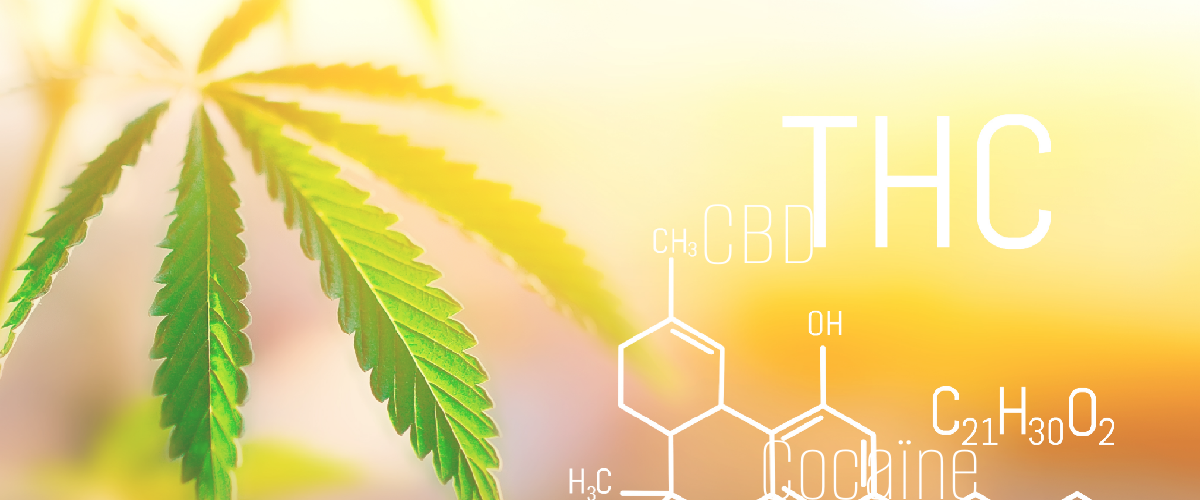TYPES OF DRUG TESTS

Drug testing can be done in a variety of ways. The two most popular tests are point-of-care testing devices and laboratory tests. An instant drug test, can be used to screen for the presence of drugs in urine or oral fluid and provide qualitative results. A laboratory can also be used to perform qualitative screening of the sample as well as quantitative confirmation of the drug test results using specialized laboratory equipment.
Here are the major drug tests and what you need to know.
On-site urine drug testing
Urine testing is the most commonly used method for detecting illicit drugs. Piss-in-a-cup sampling is noninvasive; it does not involve the use of needles. Urine samples can contain high concentrations of parent drugs (drugs of abuse) and drug byproducts. However, urine samples are less effective than some other methods for detecting drugs and alcohol because they have a short lookback period. In other words, a urine test is less likely to detect regular drug use beyond a 48-day period. Another disadvantage of urine tests is the ease and possibility of tampering with samples.
Lab or on-site blood testing
Although blood tests are more invasive than breathalyzer and urine tests, they are the most effective at detecting specific levels of alcohol concentration. Some blood tests show the precise levels of intoxication 24 hours after drinking.
Because of the invasive nature of traditional blood sampling, which involves a needle stick in the arm, many laboratories and other facilities now offer less invasive methods of sampling, such as sampling with a drop of blood.
These blood tests can reveal drug metabolites in the blood, as well as the actual amount or level of drug in the blood. This collection technique reduces the risk of sample tampering or substitution by patients, as is the case with urinalysis.
Oral drug testing and saliva drug testing
Saliva testing is another minimally invasive method of drug testing. However, saliva is only useful for testing recent drug use. For example, saliva testing for marijuana can only yield accurate results if the subject has smoked/used cannabis within 4-10 hours.
An oral drug test is therefore an easy way to detect the presence of drugs without having to worry about the confidentiality of urine drug tests.
Hair drug testing
Hair drug tests are normally performed by a certified laboratory. A hair test can screen for a number of commonly used drugs and prescription medications. The hair test can detect the use of these drugs up to 100 days back.
The drug metabolites enter the blood vessels of the scalp. The hair filters the drug and keeps a permanent record of the drug use. This means that a user who used cocaine, marijuana or other drugs several months ago will test positive because the drug residue remains in the hair.
In summary
Keep in mind that this cat-and-mouse game is fueled by many increasingly sophisticated techniques to catch the wrongdoers.
Your best bet is to detox as soon as possible so that no traces of drugs or alcohol are found in your samples, whatever they may be.